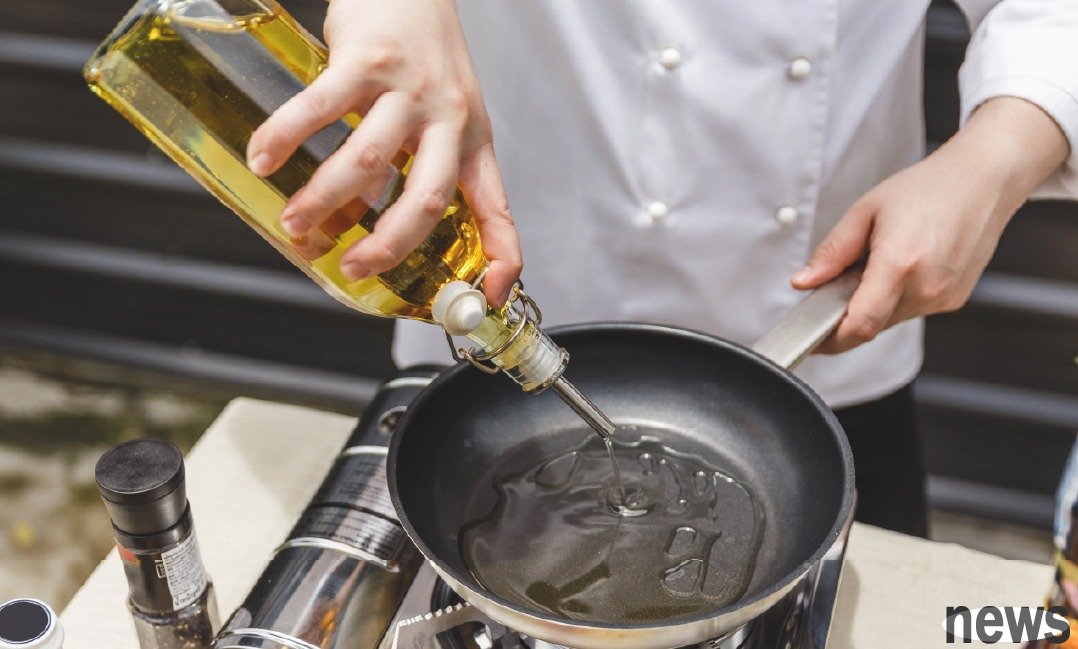There are several types of oil on the market, such as olive oil, soybean salad oil, sunflower oil, pig oil, cream, ghee … and so on. In the Asian food culture, "oil" has always been an indispensable and important role in the cooking...

There are several types of oil on the market, such as olive oil, soybean salad oil, sunflower oil, pig oil, cream, ghee … and so on. In the Asian food culture, "oil" has always been an indispensable and important role in the cooking process. Oil is indispensable for frying, stir-frying, stir-frying, or baked cakes filled with fragrance! But do you know? Each oil has different characteristics. Select the correct type of oil for cooking and processing to achieve its greatest nutritional value and benefits!
So today [PrimePlus Health Designer] brand nutritionist Sean will share with you some tips on cooking oils, let’s take a look!
【Health Knowledge Plus Plan Highlights】- Types, Characteristics, Uses and Precautions for Edible Oils

The cooking oils we use for cooking, whether pig oil, peanut oil, olive oil, salad oil, and cream, are all composed of "fatty acids". Due to different structures, fatty acids can be divided into "floating and fatty acids" and "floating and fatty acids".
Oils with high content of fatty acids are mostly animal oils, such as pig oil, butter or cream; however, there are also a small number of vegetable oils such as palm oil and coconut oil that are derived from this type of oil. The cooking characteristic of this type of oil is about 230° C (the smoke point is that the oil heats up to the temperature at which it begins to smoke, which can be considered as the upper limit of the heat resistance of oil). Therefore, it is suitable for high-temperature frying. It is more stable at high temperature conditions, and the color and taste of the finished product frying is also ideal. However, this type of fatty fat with high fat content is more harmful to human health, and it is not recommended to consume it in large quantities for a long time.
Oils with high fat content and fatty acid content are mostly vegetable oils, such as soybean salad oil, olive oil, sunflower oil, etc. The characteristic of this type of oil is that the smoke point is lower than that of oil and oil, about 180° C, suitable for stir-frying or stir-frying. In recent years, people have praised oils containing single-in-unbalance, poly-in-perfect and fatty acids. All of them belong to this category. Appropriate consumption is more beneficial to human health. However, this type of oil is not suitable for high-temperature frying, otherwise it may cause the oil to deteriorate and produce a large amount of free radicals, which will eat more harmful substances.
Tips for purchasing and preservation of oil productsAfter understanding the characteristics and uses of these cooking oils, Sean also wants to tell you the details of purchasing oil products and storage, hoping that everyone can eat healthily and deliciously!
1. Select the dark bottle packaged oil. Dark bottles can prevent light from irradiating the oil, reduce the speed of oil oxidation and deterioration, and place them in a cool drying place after selection to maintain quality.
2. Choose oil with suitable capacity. Small packages have a smaller capacity, so the frequency of contacting air after opening the bottle is lower. After using it within the validity date, it can generally keep the freshness to a certain level. On the contrary, large packages will easily cause the oil to be exposed to air because of the longer use time and higher frequency, which may increase the chance of oil and grease quality.
3. Never pour the used oil back into the bottle and save it. Don’t pour the cooked oil back into the bottle in order to save time! When the oil is cooked over high temperature, the structure will begin to change and oxidize, which will easily produce free radicals and other substances. If the used oil is poured back into the bottle, it will affect other fresh oils and fats, resulting in the entire bottle of oil being oxidized and deteriorated, and it will not be lost!
After reading today's article, I believe you have a better understanding of the cooking oil used for cooking at home. You can usually pay more attention to what oil you use to stir-fry dishes at home and what oil you use to fry chicken pieces? Let us start today and use the correct oil and cooking methods to make a delicious meal!